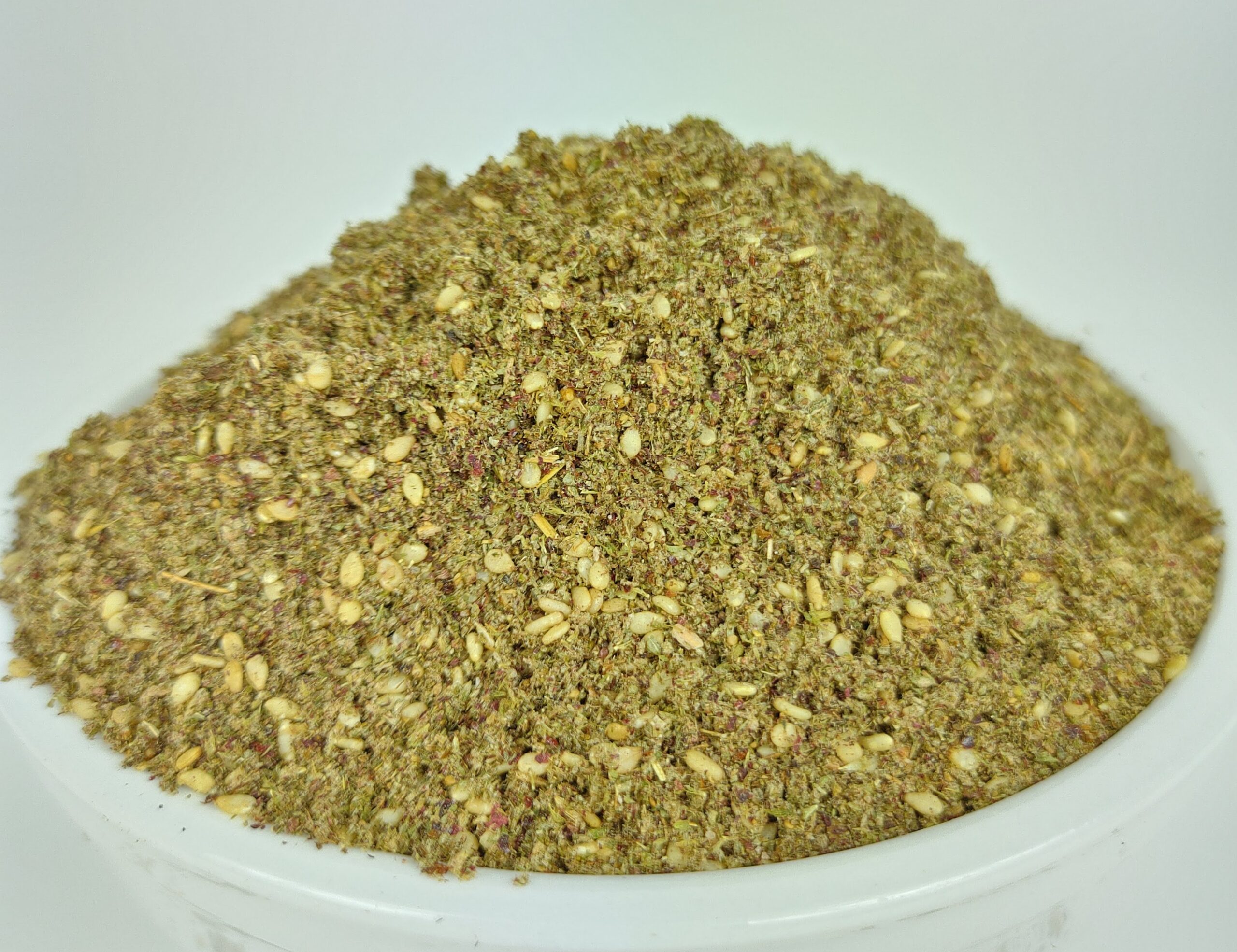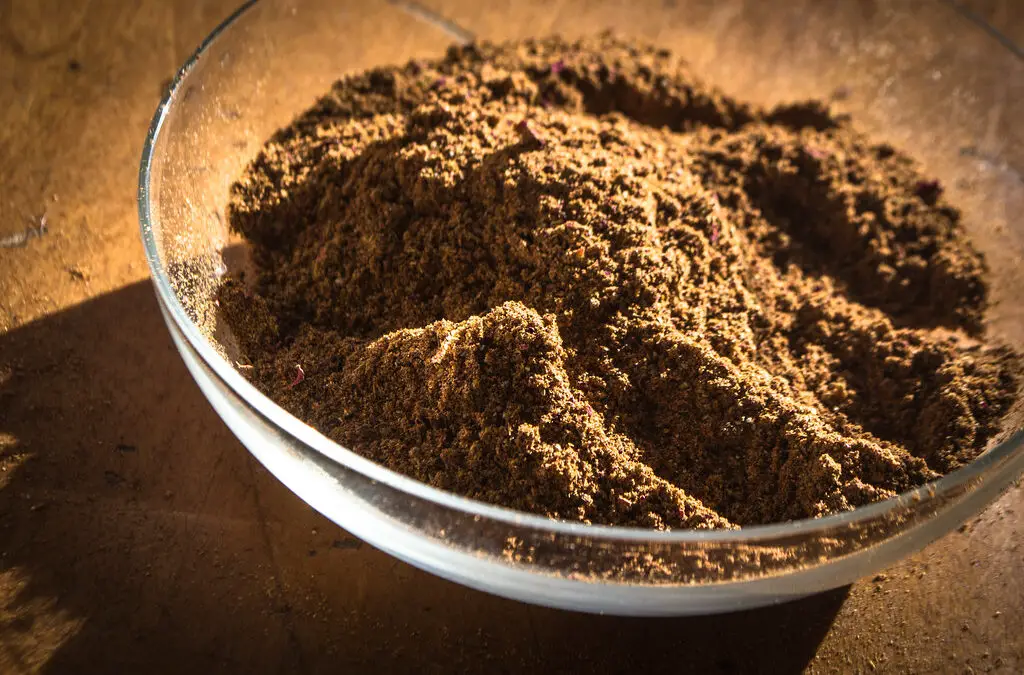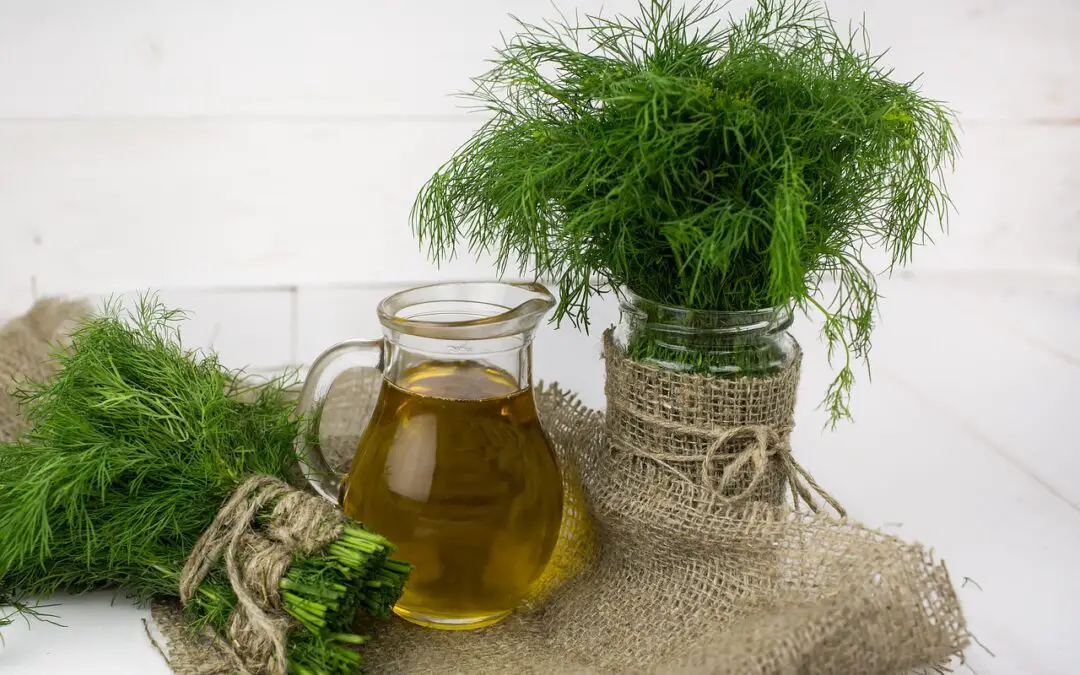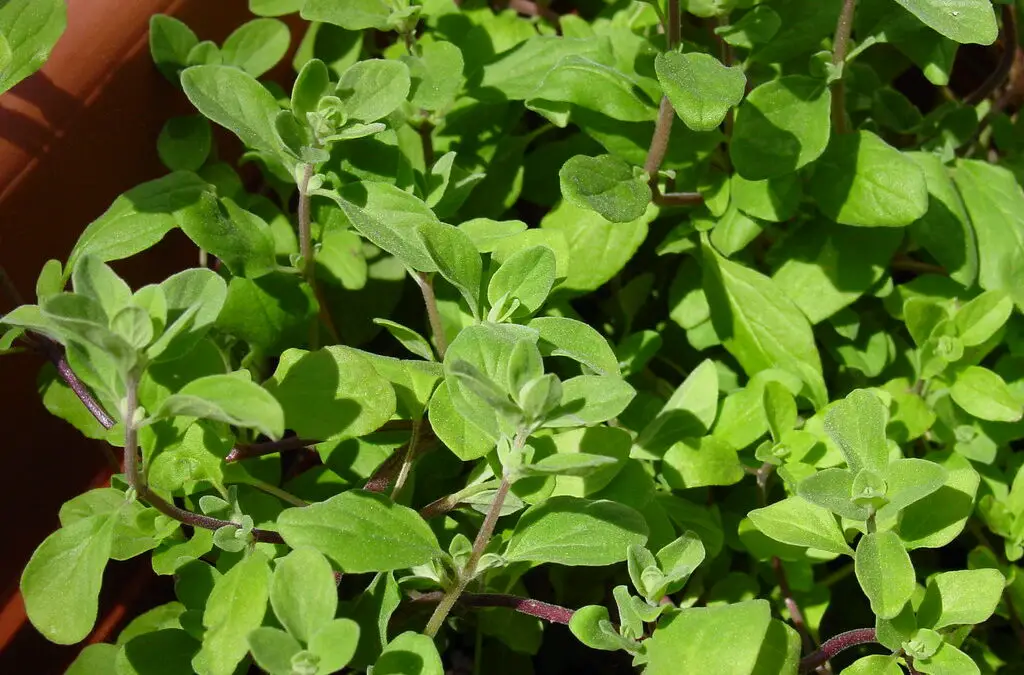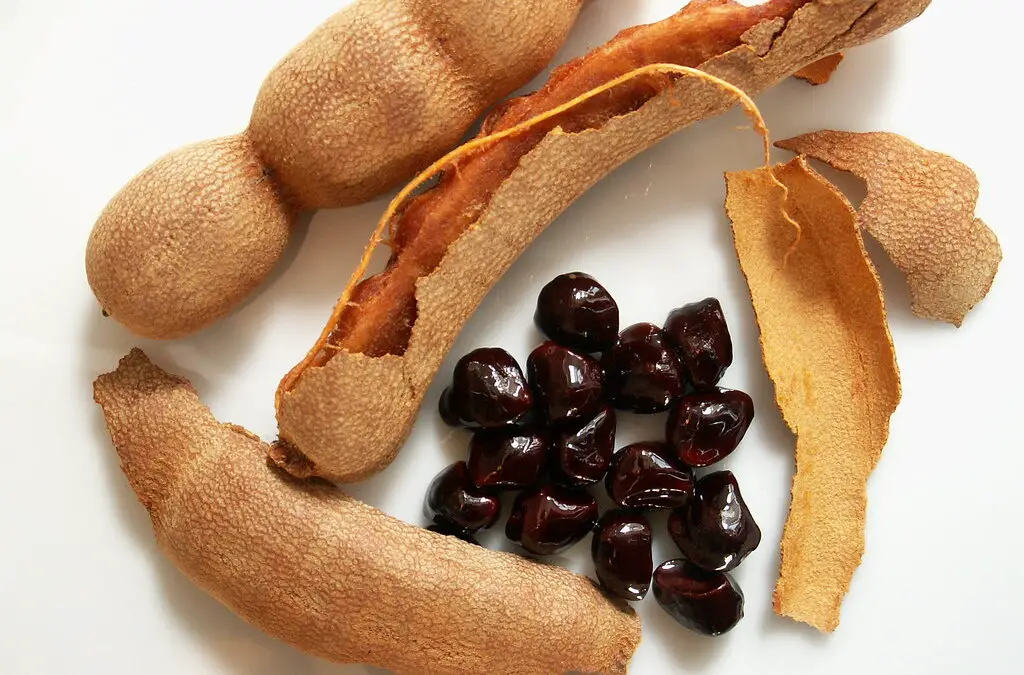For centuries, Za’atar spice has remained a beloved Middle Eastern blend of herbs and spices. It is a mixture of dried thyme, oregano, marjoram, and sesame seeds, and sometimes includes sumac and salt. From meats and vegetables to bread and dips, Za’atar spice showcases its versatility by complementing a wide range of dishes.
In Middle Eastern cuisine, za’atar is a staple ingredient that is used in many traditional dishes. It adds a unique and delicious flavor to food and is often used as a seasoning for meats like chicken and lamb. Za’atar is also commonly used as a topping for bread, such as manakish, a Lebanese flatbread that is sprinkled with za’atar and olive oil before baking.
Za’atar has gained popularity in recent years and can now be found in many grocery stores and online retailers. It is a great spice to have on hand for adding flavor to dishes and can be used in a variety of ways. Whether you are a seasoned cook or a beginner, za’atar is a spice that everyone should try.
Origins of Za’atar Spice
Historical Background
Za’atar is a popular Middle Eastern spice blend that has been used for centuries. The word “za’atar” actually refers to both the spice blend and the herb that is used in the blend. The herb is also known as wild thyme and is native to the Middle East.
The use of za’atar can be traced back to ancient times, with references to the spice blend found in both the Bible and the Talmud. It is believed that the ancient Egyptians used za’atar in their mummification process, while the ancient Greeks used it as a medicinal herb.
Geographical Distribution
Za’atar is widely used in Middle Eastern cuisine, particularly in countries such as Lebanon, Syria, Jordan, and Israel. The spice blend is also popular in North Africa, particularly in Morocco and Tunisia.
The exact ingredients in za’atar can vary depending on the region, but the blend typically includes dried thyme, oregano, and marjoram, as well as sesame seeds and sumac. Some variations may also include other herbs such as savory or hyssop.
Za’atar is often used as a seasoning for meat, fish, and vegetables, and is also commonly sprinkled on bread and mixed with olive oil for dipping. It is known for its unique and complex flavor, with notes of earthiness, tanginess, and nuttiness.
Overall, za’atar is a versatile and flavorful spice blend that has a rich history and continues to be an important part of Middle Eastern cuisine.
Ingredients of Za’atar Spice
Thyme
Thyme is the main ingredient in za’atar spice. It is a fragrant herb that is commonly used in Middle Eastern cuisine. Thyme has a slightly minty flavor and is a great source of vitamin C, vitamin A, and iron. It is also known for its antioxidant and antibacterial properties.
Sesame Seeds
Sesame seeds are another important ingredient in za’atar spice. They add a nutty flavor and a crunchy texture to the spice blend. Sesame seeds are a good source of healthy fats, fiber, and protein. They are also rich in vitamins and minerals such as calcium, iron, and magnesium.
Sumac
Sumac is a tangy spice that is commonly used in Middle Eastern cooking. It has a sour, lemony flavor and is a great source of antioxidants. Sumac is also known for its anti-inflammatory properties and has been used for centuries in traditional medicine.
Salt
Salt is a common ingredient in many spice blends, including za’atar. It enhances the flavor of the other ingredients and helps to balance out the sour and bitter flavors of sumac. Salt is an essential nutrient that our bodies need to function properly. However, it is important to use salt in moderation as excessive salt intake can lead to health problems.
Overall, za’atar spice is a delicious and healthy addition to any Middle Eastern dish. It is easy to make at home and can be used in a variety of ways, from seasoning meats and vegetables to sprinkling on bread or dips.
Health Benefits of Za’atar Spice
Za’atar spice is a popular Middle Eastern seasoning that is made from a blend of dried herbs, sesame seeds, and sumac. Not only does it add a unique flavor to dishes, but it also provides several health benefits.
Rich in Antioxidants
Za’atar spice contains several herbs that are rich in antioxidants, including thyme and oregano. Antioxidants help to protect the body from damage caused by harmful molecules known as free radicals. This can help to reduce the risk of chronic diseases such as cancer, heart disease, and Alzheimer’s.
Anti-Inflammatory Properties
Many of the herbs in za’atar spice, including thyme and oregano, have anti-inflammatory properties. The body naturally responds with inflammation to injury or infection, yet persistent inflammation can contribute to various health issues. Consuming za’atar spice may help to reduce inflammation in the body and lower the risk of chronic diseases.
Boosts Immune System
Za’atar spice contains several herbs that have been shown to boost the immune system, including thyme and sumac. These herbs contain compounds that can help to stimulate the production of white blood cells, which are responsible for fighting off infections and diseases.
May Improve Brain Function
Some studies have suggested that the herbs in za’atar spice, particularly thyme, may improve brain function. Thyme contains compounds that have been shown to improve memory and concentration.
Other Potential Benefits
While more research is needed, some studies have suggested that za’atar spice may have other potential health benefits, including:
- Lowering cholesterol levels
- Improving digestive health
- Reducing the risk of diabetes
Overall, za’atar spice is a flavorful and healthy addition to any Middle Eastern dish.
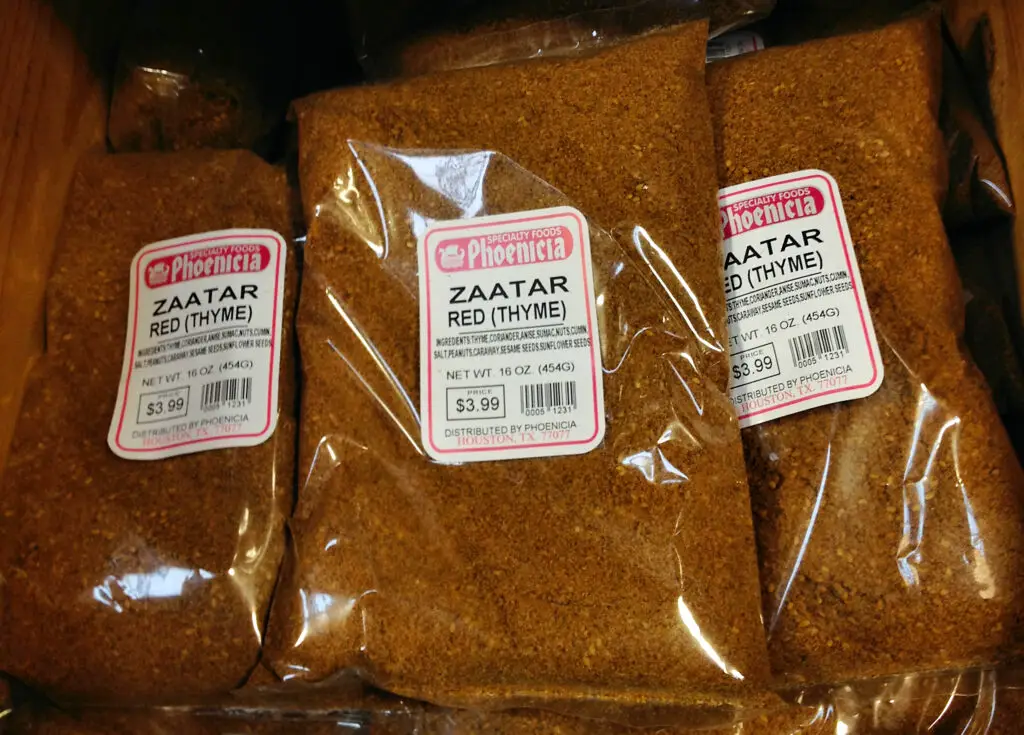
Culinary Uses of Za’atar Spice
Middle Eastern Cuisine
Za’atar spice is a staple in Middle Eastern cuisine, and it is used in a variety of dishes. It is most commonly used as a seasoning for bread, such as pita bread, and is often mixed with olive oil to create a dip. Za’atar can also be used as a seasoning for meat, vegetables, and salads.
In Middle Eastern cuisine, za’atar is often used in the following ways:
- As a seasoning for bread: Za’atar is mixed with olive oil and spread on top of bread before baking.
- As a dip: Za’atar is mixed with olive oil and served as a dip for bread.
- As a seasoning for meat: Za’atar is used to season meat before cooking.
- As a seasoning for vegetables: Za’atar is used to season vegetables before roasting or grilling.
- As a seasoning for salads: Za’atar is used to season salads, particularly those with tomatoes and cucumbers.
Western Cuisine
Za’atar spice has become increasingly popular in Western cuisine in recent years. It is often used as a seasoning for chicken, fish, and vegetables, and can be found in many Mediterranean-inspired dishes.
In Western cuisine, za’atar is often used in the following ways:
- As a seasoning for chicken: Za’atar is used to season chicken before grilling or roasting.
- As a seasoning for fish: Za’atar is used to season fish before grilling or baking.
- As a seasoning for vegetables: Za’atar is used to season vegetables before roasting or grilling.
- As a seasoning for dips: Za’atar is mixed with yogurt or hummus to create a flavorful dip.
Za’atar spice has a unique flavor that can add depth and complexity to a variety of dishes. Whether you are cooking traditional Middle Eastern dishes or experimenting with new flavors in your cooking, za’atar is a versatile spice that is worth trying.
How to Make Za’atar Spice at Home
Za’atar spice is a popular Middle Eastern spice blend that is used in a variety of dishes, from salads to meats to dips. If you’re a fan of Middle Eastern cuisine, you may be interested in making your own za’atar spice at home. Here’s how you can do it:
Ingredients
To make za’atar spice, you will need the following ingredients:
- 1/4 cup dried thyme
- 2 tablespoons sesame seeds
- 1 tablespoon sumac
- 1/2 teaspoon salt
Instructions
- Toast the sesame seeds in a dry skillet over medium heat for 2-3 minutes, or until fragrant and lightly browned.
- In a small bowl, mix together the toasted sesame seeds, dried thyme, sumac, and salt.
- Transfer the mixture to a spice grinder or mortar and pestle and grind until the mixture is finely ground.
- Store the za’atar spice in an airtight container in a cool, dry place for up to 6 months.
That’s it! Making your own za’atar spice at home is easy and can add a delicious Middle Eastern flavor to your dishes. Give it a try and see how it enhances your cooking.
Buying Guide for Za’atar Spice
Za’atar spice is a staple in Middle Eastern cuisine and is used to add a unique flavor to dishes. If you are new to using za’atar spice, it can be overwhelming to choose the right one. Here are some tips to help you make an informed decision.
1. Look for high-quality ingredients
When buying za’atar spice, it is important to look for high-quality ingredients. The main ingredients in za’atar spice are thyme, sesame seeds, and sumac. Make sure that the za’atar spice you purchase has fresh and aromatic thyme, high-quality sesame seeds, and tangy sumac.
2. Check the label
It is important to check the label when buying za’atar spice. Some brands may add fillers or artificial flavors to their za’atar spice. Look for a brand that uses only natural ingredients and does not add any fillers or artificial flavors.
3. Consider the blend
There are many different blends of za’atar spice available, and each has its own unique flavor profile. Some blends may have more thyme, while others may have more sumac. Consider the blend that will best suit your needs and taste preferences.
4. Choose the right texture
Za’atar spice comes in different textures, including coarse and fine. The texture you choose will depend on how you plan to use the spice. Coarse za’atar spice is great for sprinkling on top of dishes, while fine za’atar spice is better for mixing into dips and spreads.
5. Store it properly
To ensure the freshness and flavor of your za’atar spice, it is important to store it properly. Keep it in an airtight container in a cool, dry place away from direct sunlight.
By following these tips, you can choose the right za’atar spice for your needs and add a delicious and unique flavor to your Middle Eastern dishes.
Storage and Shelf Life of Za’atar Spice
When it comes to storing za’atar spice, it is essential to keep it in an airtight container away from direct sunlight and heat. This will help preserve its flavor and aroma for a longer time. It is recommended to store za’atar spice in a cool and dry place, such as a pantry or cupboard.
The shelf life of za’atar spice may vary depending on the quality of the ingredients used and the storage conditions. Generally, za’atar spice can last up to six months to a year if stored properly. However, it is recommended to use it within three to four months for optimal flavor and freshness.
To extend the shelf life of za’atar spice, it is advisable to buy whole spices and grind them at home as needed. This will help maintain the freshness and flavor of the spice. Additionally, it is best to avoid buying za’atar spice in bulk unless it will be used frequently and within a short period.
In summary, to keep za’atar spice fresh and flavorful, store it in an airtight container in a cool and dry place away from direct sunlight and heat. Use whole spices and grind them as needed to extend the shelf life of the spice. By following these simple storage tips, you can enjoy the rich and aromatic flavor of za’atar spice in your Middle Eastern cuisine.
Conclusion
In conclusion, za’atar spice is a versatile and flavorful ingredient that has been used in Middle Eastern cuisine for centuries. Its unique blend of herbs and spices adds a distinct flavor to any dish it is added to.
Whether it is used as a seasoning for meat, vegetables, or bread, or as a dip for olive oil, za’atar spice is a must-have in any Middle Eastern kitchen. Its health benefits, including its anti-inflammatory properties, make it a great addition to any diet.
While za’atar spice has gained popularity in recent years, it is important to note that it is not a cure-all for any health condition. As with any spice, it should be used in moderation and as part of a balanced diet.
Overall, za’atar spice is a delicious and healthy addition to any Middle Eastern dish. Its unique flavor and versatility make it a must-try for anyone looking to add some Middle Eastern flair to their cooking.
